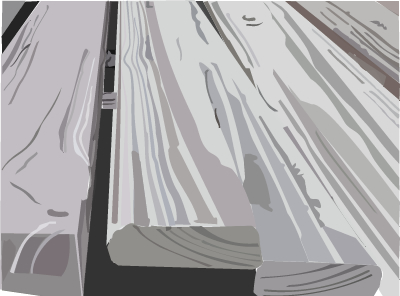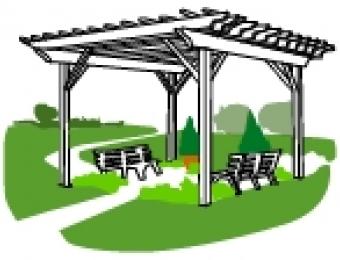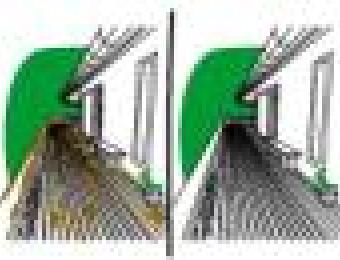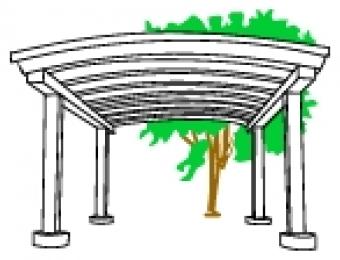
When it comes to choosing the material for your deck, you can’t beat recycled timber for a green option. It's available in any number of different species including Jarrah, Spotted Gum and Ironbark. Recycled decking is normally made from timber which has been recovered from building sites and demolitions. The wood is cut to lengths that trim off any damaged parts to ensure that they're solid and reliable as decking material.
What to look for in recycled timber decking
Choosing recycled timber pieces is not the same as selecting new timber though, and you will need to watch out for different things. Below is a list of issues you may want to consider when selecting recycled timber decking materials:
Availability of stock – You may have your heart set on a particular species, but recycled timber yards may not have enough or any of the wood you’re seeking. If that happens, you will need to decide if you want to wait or choose a different timber.
Availability of consistent lengths – Recycled timber boards should preferably be as long as possible, but even more important is getting consistency in the length of the boards for the quantity you need to cover the deck. This can be difficult with recycled timber, and you may have to be prepared to mix and match.
Timber grading – Though there has previously been no consistent grading for recycled timber, the Forest & Wood Products Australia body has submitted a proposed industry standard to divide recycled timber into two grades, ‘feature’ and ‘decorative’. Decorative grade recycled timber is non-structural and so should not be used for decking, while feature grade timber is subject to a much more stringent quality inspection and is suitable for use.
Seasoning – Well-seasoned boards will last a lot longer than boards which have been allowed to soak up any moisture. Buying your boards from a reputable recycled timber yard can help ensure that the boards have been kiln dried correctly once they’ve been restored, and that moisture has been prevented from entering the boards.
Features – Though they can add character to your boards, features like old nail perforation marks can be difficult to seal, putting your boards at risk of water seepage. They can also become a weak spot in the board, shortening its life span. Any boards with a crack or splintering should not be used.
Prior damage – Wood that has been long soaked in water or exposed to termites or other pests should not be used for decking. Soaked wood can become soft, changing the natural hardness and any wood exposed to termites or other boring insects will be riddled with holes which may not be visible, but can weaken the board from within.




